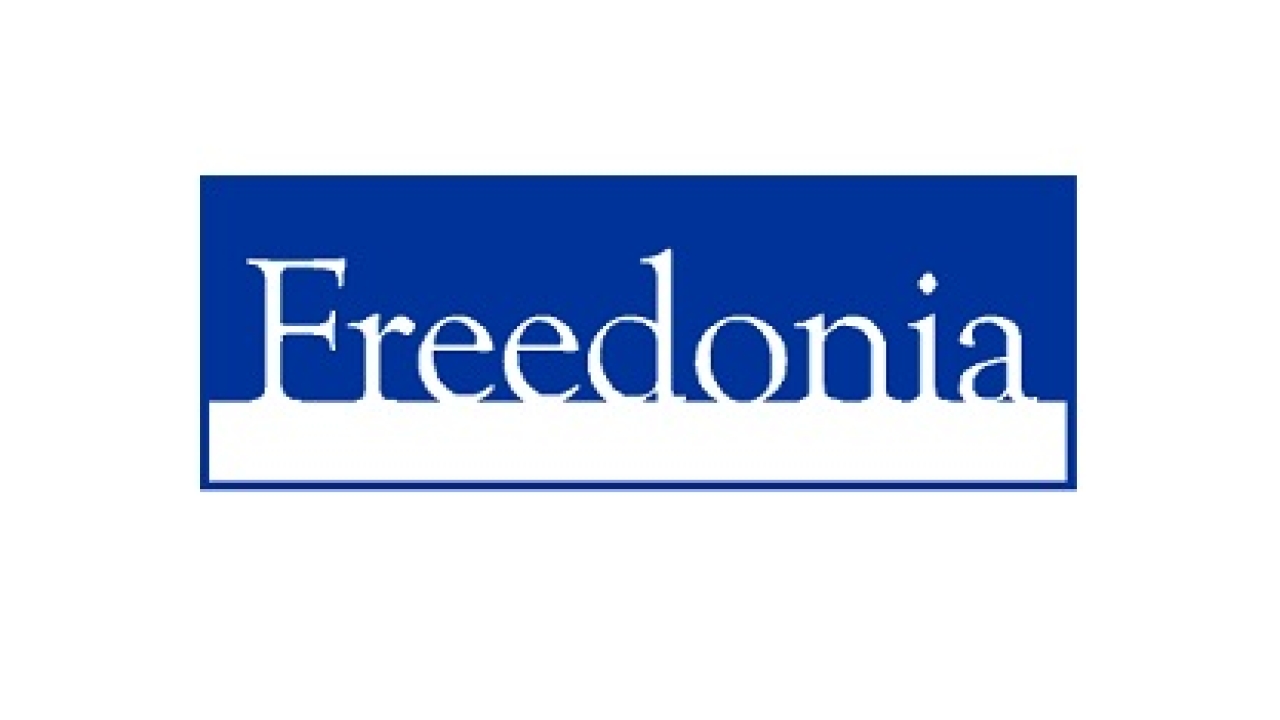Smart labels to drive intelligent packaging growth through 2019
Demand for active and intelligent packaging in the US is forecast to expand 7.3 percent annually to four billion USD in 2019, according to Freedonia, with intelligent packaging to record the fastest growth as products such as smart labels and tags become more common.

The latest Active & Intelligent Packaging study from market research firm Freedonia found that intelligent packaging, which incorporates features that indicate status or communicate product changes and other information, will advance at a double-digit rate, 11.1 percent a year to 2019 to a value of 1.5 billion USD.
‘Although many of these products have been seen as unnecessary or cost prohibitive in the past, the development of technology which allows for low cost production of printed electronics and the elimination of specialized electronic readers in favor of smartphones will allow them to enter the mainstream,’ said Freedonia analyst Katie Wieser. Rapid adoption of tracking-enabled or interactive packaging components will further be driven by recent legislation in the pharmaceutical and food markets which requires producers to take steps to make products safer and easier to recall.
Thinfilm is to receive 350,000 USD in funding through the FlexTech Alliance to create smart labels featuring next-generation sensors and near-field communication (NFC) capabilities.
Active packaging provides functions beyond product protection and identification, such as moisture control. Active packaging demand is forecast to grow 5.4 percent per year to 2.5 billion USD in 2019. Demand will be driven by growth in gas scavenger products which are benefiting from the development of more advanced technology and the growing preference for foods with fewer additives. Growth in demand for corrosion control packaging, desiccants, and microwave susceptors will register more moderate gains due to market maturity. However, according to the Freedonia report, healthy gains will still be observed as products are introduced to perform these standard functions more efficiently. For example, new environmentally friendly corrosion control scavengers have been developed, and desiccants are now being embedded in bottles or caps to provide moisture control for pharmaceuticals.
Stay up to date
Subscribe to the free Label News newsletter and receive the latest content every week. We'll never share your email address.

